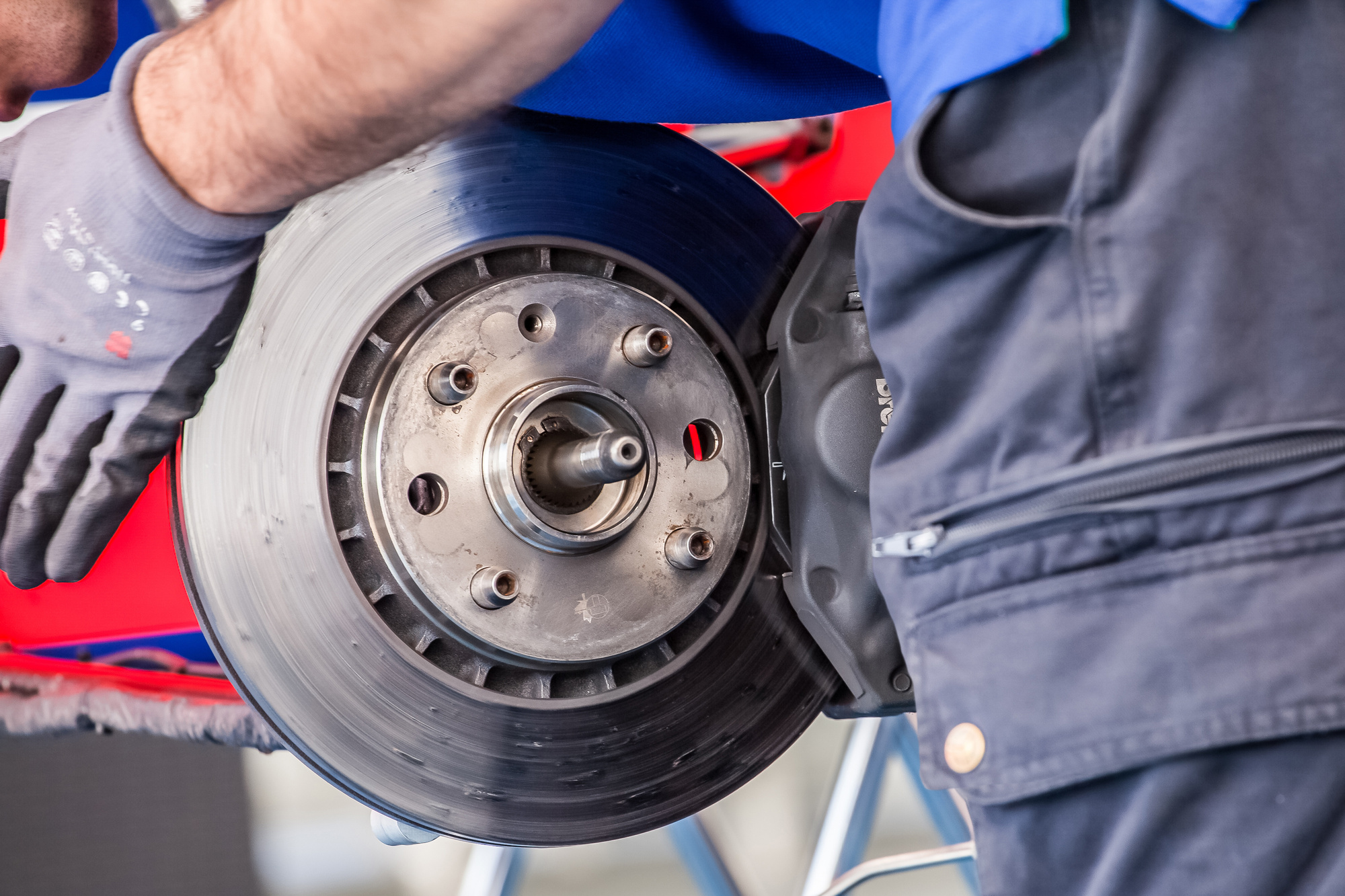
How Do Car Brakes Work? Your Guide to Steady Stopping
Did you know that brake-related issues are a common cause of vehicle crashes?
You hit your brakes every time you drive, but have you ever stopped to think about how your braking system works? Knowing all about your brakes could come in handy someday. It could even save your life!
So how do car brakes work, exactly? Keep reading to find out!
How Do Car Brakes Work?
Modern cars tend to have a hydraulic braking system that is a drum or disc type. The front brakes do more work to stop the car than the rear ones do. This is because braking pushed the car’s weight forward and onto the front wheels.
To manage the difference between front and back brakes, most cars use disc brakes in the front and drum brakes in the back. Disc brakes are more efficient, so they get placed in the front. This is because they handle more of the work when a car is stopping.
The car braking process is different depending on the type of car you own. For example, on high-performance cars, an all-disc braking system or an electronic braking system is often used. On older or small cars, an all-drum system is more commonly used.
To fully understand the answer to how do car brakes work, you need to know the difference between the different brake types.
Brake Hydraulics
What are car brakes in a hydraulic system? These brakes are fluid-filled and have slave cylinders that connect through pipes. A master cylinder moves hydraulic pressure to a slave cylinder once the brake pedal is pressed.
The brake pedal depresses a piston that applies the brakes. The fluid from this movement gets spread evenly throughout the system. This is essentially the answer to what do car brakes do.
Disc Brakes vs Drums Brakes
A disc brake will turn with the wheel and gets straddled by a caliper. The pistons from the master cylinder press on friction pads that slow or stop the vehicle. The pads can cover a lot of the disc.
A drum brake is hollow and also turns with the wheel. The back gets covered by a stationary backplate where two curved pieces carry friction. These pieces are used to slow or stop the vehicle.
How Do Emergency Car Brakes Work?
You are now probably wondering how do emergency car brakes work? Also known as a parking brake, an emergency brake is a backup braking system that gets operated with a hand lever or foot brake.
These brakes are separate from the hydraulic braking system. These brakes use cables to transmit force to keep the car in place or to stop it. The cables are made of steel so that they can tighten when they get pulled.
Braking 101: The Braking System Explained
Braking is an important aspect of any vehicle.
However, many don’t know how brakes actually work. In case of an issue, knowing how your brakes work can come in handy and keep you safe.
So, then, how do car brakes work? Now that you know the answer, keep browsing our site for more articles on how everyday things work.
